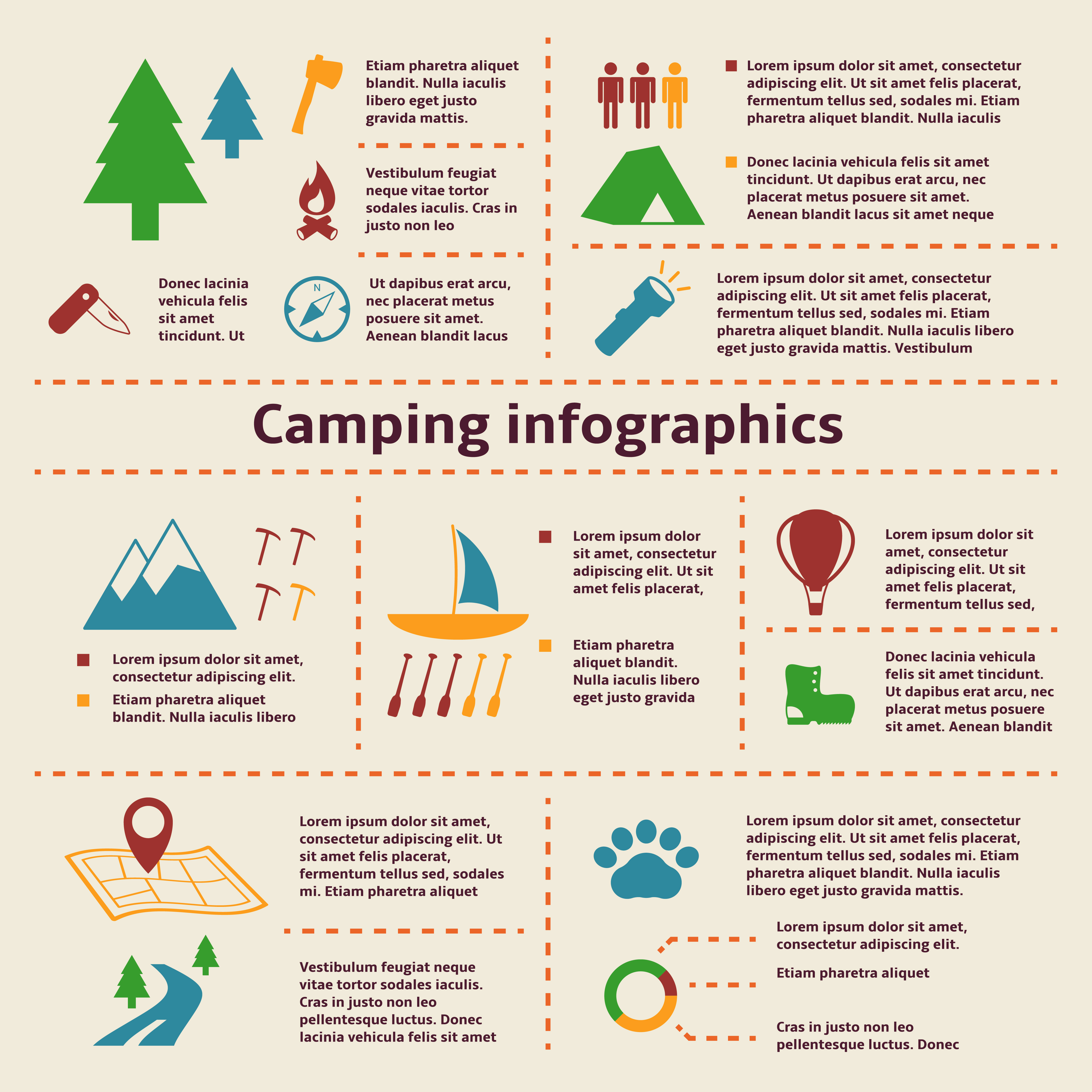If you camp frequently in locations with rocks or sharp downed branches or merely despise storing a damp, muddy camping tent, after that an impact is definitely worth considering. Impacts are also fairly cost-effective compared to a new camping tent.
How do you camp in windy conditions?
Many tent producers use their very own specific footprints, which are cut to the exact size of the camping tent flooring. Nonetheless, you can make one yourself with a lightweight material like polycryo or tyvek.
Climate condition
Whether you require a footprint truly relies on the problems you'll be camping in. If you're backpacking in an area where the ground is generally wet (it's virtually inevitable), an outdoor tents footprint can be a useful addition to your set, as it will avoid your outdoor tents flooring from coming to be soggy.
However, if the footprint is too large it can act as a moisture trap and potentially enable water to swimming pool under your outdoor tents. This can be prevented by making certain the impact is reduced a little bit smaller sized than your outdoor tents on all sides.
Usually talking, it's ideal to get a footprint from the very same producer as your camping tent to make sure a precise fit. They additionally have a tendency to be made from thicker, much more long lasting products than DIY choices. They can be costly for something whose single function is to shield the ground below your outdoor tents, but it can be a worthwhile investment if you appreciate the long life of your equipment.
Terrain
Many quality tents can work well without a footprint, especially those that have bathtub floors made of durable products. Nevertheless, the terrain you hike on can have a significant influence on just how promptly your outdoor tents flooring wears. Granite pieces, sandstone and other rugged surfaces put on via all-time low of your camping tent faster than verdant fields or woodland floorings.
A footprint or ground cloth assists prolong the life of your camping tent by serving as a barrier between the ground and the sewn-in groundsheet of your tent, claims REI elderly sales expert Elizabeth Nguyen. It also shields the camping tent from abrasive components like sharp branches and rugged rocks that can penetrate or tear the sewn-in flooring. When picking an impact for your outdoor tents, it is essential to ensure it's a little smaller sized than the camping tent on all sides. This prevents water from merging between the camping tent and footprint throughout a rainstorm, which might leak into your outdoor tents. The most effective alternative for an impact is to buy one developed for your specific outdoor tents, which will certainly ensure a snug fit.
Outdoors Tents with Reduced Deniers and Water Resistant Ratings
Whether you're an informal backpacker or a hardcore adventurer, the durability degree of your camping tent is an essential consideration. Outdoors tents created to be ultralight, verging on minimalist, frequently compromise some level of sturdiness in the material and materials made use of.
One textile specification you'll experience is denier, which describes the weight in grams of a 9,000-meter size of thread that comprises the camping tent's cover, rainfly, and/or flooring. A higher denier specification symbolizes more sturdy materials, while reduced numbers suggest lighter and less long lasting fabrics.
Various other specs to look at consist of floor dimensions, vestibule dimension, and interior pockets. The previous reflects the total square-footage that can be used for comfortable area, while the latter can contribute in storage by supplying a place to stow away equipment overnight and in bad climate. Ventilation is additionally an important aspect; as you exhale moisture throughout sleep, it requires to leave, or condensation might build up inside. Attributes such as mesh windows and panels and flexible rainfly doors assist increase air flow and prevent this from taking place.
The Expense
The price of a camping tent can influence its performance, and it is likewise important to think about how much you can pay for to invest. Backpackers seeking a lightweight sanctuary must go for a camping tent with a livability ranking of a minimum of 2 celebrities, and ideally, 3 or more.
Livability refers to just how roomy an outdoor tents feels, with clearance and floor dimensions playing a large function. Historically, backpacking outdoors tents utilized outstanding sloped walls and marginal space to conserve weight, yet contemporary products permit designers to supply even more comfort while maintaining weight low.
Storage is an additional factor to think about, with vestibules and a quick-pitching layout helping reduce configuration time. In addition, the type of material layer and how the camping tent is saved can influence longevity. For instance, a PU coating that breaks down more quickly when wet, or goes through duplicated cycles of stowing and un-stowing, can substantially reduce the lifespan of a camping tent. In a similar way, using a custom-made impact as opposed to stuffing tent you can live in a camping tent in a slipshod fashion will certainly additionally extend its life expectancy.
What can I put on my tent floor?
